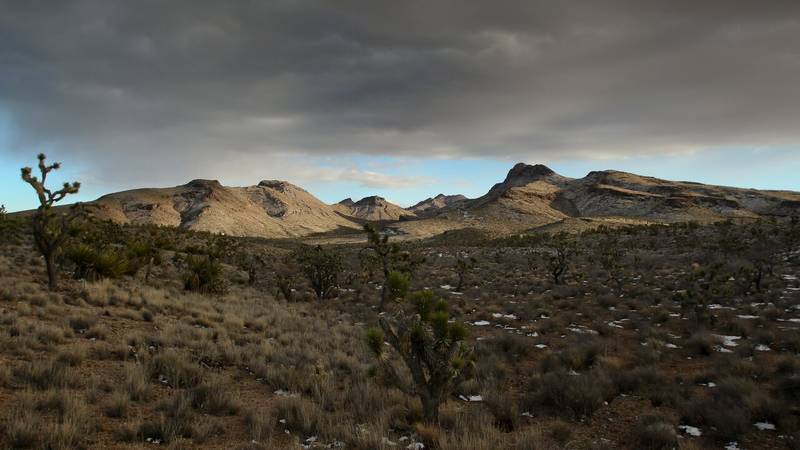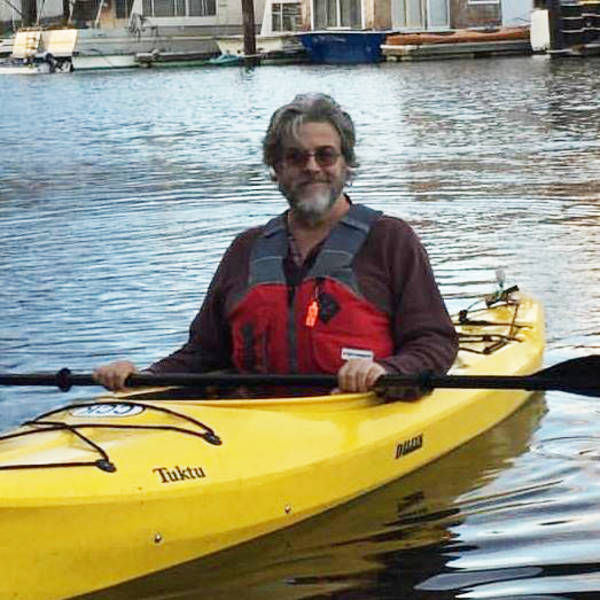4 of my favorite spots in the vast, uncrowded park you’ve probably never heard of — but should.
Five years ago today, the California desert received an incredible gift: large-scale protection. In 2016, President Barack Obama established three national monuments near Joshua Tree National Park and Mojave National Preserve, forming one of the largest desert conservation reserves on the planet. One of these parks, Mojave Trails, is the largest national monument in the Lower 48 and conserves a whopping 1.6 million acres of stunning and culturally important lands.

5 Reasons to Celebrate Today’s New National Monuments in the California Desert
These new parks will preserve 1.8 million acres in one of the largest and most diverse protected areas of desert lands in the world.
See more ›It may also be the largest national monument you’ve never heard of, and if so, you’re not alone. It’s a hidden gem to people who aren’t familiar with this part of the Southwest — and also a gem worth finding.
Mojave Trails and its neighbors, Sand to Snow and Castle Mountains National Monuments, protect an astonishing diversity of Southern California landscapes, from alpine wilderness to sere desert savanna studded with sturdy yucca clumps.
Together, the three monuments protect an area more than twice the size of Los Angeles. All three are a joy to visit. I have spent time in each of them, camping above 7,000 feet in Sand to Snow during the desert’s hot summers, hiking cross-country in Castle Mountains in fall, hitting the broad, low-elevation valleys of Mojave Trails in winter. All three places have their own compelling charms.
I’m lucky enough to live a 20-minute drive from Mojave Trails, and I have fallen in love with the place.
Spanning about 100 miles from its easternmost point, not far from Laughlin, Nevada, to its western extension at Afton Canyon outside Barstow, California, and reaching south to the boundary of Joshua Tree National Park, the park encompasses a seemingly endless variety of desert landscapes.
Here are just four of my favorite things to do.
1. Hike into a dormant volcano at Amboy Crater.
2. Wade across the Mojave River beneath the multicolored canyon walls of Afton Canyon.
3. Climb the Cadiz Dunes in what seems like an endless sea of sand.
4. Grab an obligatory picture of the Route 66 icon Roy’s Diner in Amboy.
Be forewarned: Aside from a few places such as Amboy Crater, which has pit toilets and a marked trail, Mojave Trails offers basically zero amenities to the desert visitor. A road marked plainly on the map may turn out to be a rental-car-eating sand pit which will strand you a dozen miles from pavement, and four times as far from the nearest tap water. The entire monument enjoys only two marked trails, one at Amboy Crater and the other at Bonanza Spring. There’s also a jeep trail through Afton Canyon. Elsewhere in Mojave Trails, you’re on your own when it comes to route-finding, and to be honest, self-rescue as well — so if you do explore, take extreme care, map your route carefully, let others know where you will be, and pack emergency supplies. On any given day when you venture off-pavement onto one of the established dirt routes in Mojave Trails, you should be prepared for a few days’ stay: several gallons of water, changes of clothing (expect hot and cold), shelter and sufficient food to get you through a few days. A satellite locator beacon is a good idea as well.
That’s a lot of why I treasure Mojave Trails National Monument, and it’s probably why the place hasn’t seen more crowds. When a few miles’ hike up a wash gets you away from not only parking lots and traffic noise but also cell service, selfie tourists and pretty much all the rest of Western Civilization, that is a getaway worth defending.
Stay On Top of News
Our email newsletter shares the latest on parks.
Defending Mojave Trails is still needed, too. The destructive Cadiz water mining project still threatens Bonanza Spring, which we at NPCA have been defending for more than a decade. That project may have been why local electeds petitioned the Trump administration in 2018 to carve the 500,000-acre Cadiz Valley out of the monument during that year’s controversial national monument review. While Bears Ears and Grand Staircase-Escalante National Monuments in Utah did suffer serious reductions, which are now under review by the Biden administration, Mojave Trails remains as it was when designated: a vast expanse of nearly untrammeled desert.
With your help, we can make sure it stays that way.
About the author
-
 Chris Clarke Former Ruth Hammett Associate Director, California Desert Program
Chris Clarke Former Ruth Hammett Associate Director, California Desert ProgramChris joined NPCA in 2017. He works with desert communities to protect national parks, monuments, and other protected places, and the landscapes that surround them.